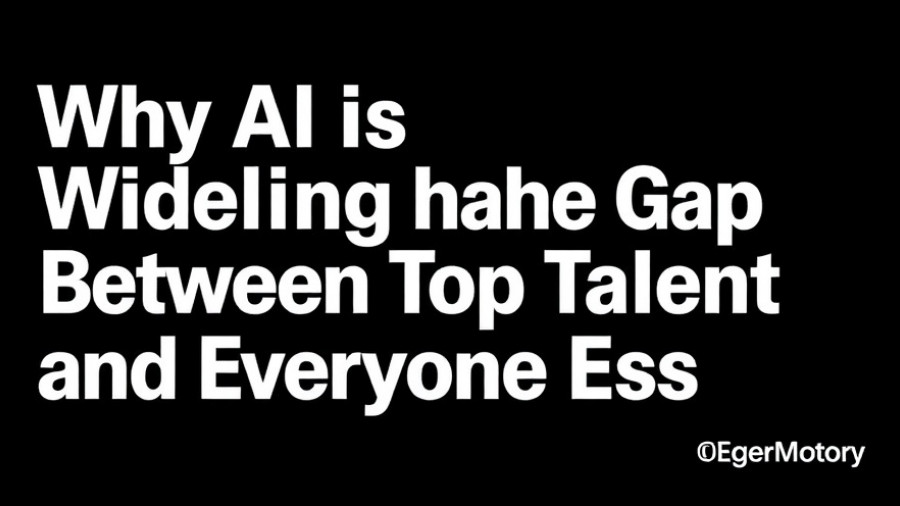
The Great Divide: How AI is Creating a Talent Chasm
For many within the tech sphere, artificial intelligence (AI) was anticipated to democratize the workforce, bridging skill gaps and enhancing productivity among all employees. Yet, recent insights suggest a starkly different reality is unfolding: AI may be exacerbating the divide between top performers and their peers. Renowned researcher Matthew Call, as summarized in The Wall Street Journal, posits that the employees who already excel at their jobs—the so-called 'superstars'—are leveraging AI tools in ways that amplify their already high outputs.
Why Are Top Performers Pulling Ahead?
Call illustrates this by contrasting the approaches taken by high achievers and their average colleagues. A star consultant, for instance, doesn't just pro forma ask AI to analyze a market; instead, they effectively utilize their seasoned expertise to craft targeted queries. This nuanced interrogation of AI leads to far richer outputs than those achieved by their more complacent counterparts. In light of this, Paul Roetzer of Marketing AI Institute rightly asks: what happens to workplace dynamics when one cohort consistently outperforms the others?
The Uneasy Future for the Average Employee
As Roetzer warns, the friction is real. When top performers become more efficient through AI while average employees settle for a half-hearted engagement with these tools, resentment can brew. “A-players will do their jobs and perhaps take over the jobs of non-A-players,” he explains. This could lead to an unsettling workplace environment where a clear hierarchy is exacerbated by AI’s differential benefits.
Moving Towards a New Hiring Paradigm
What does this all mean for hiring practices in the technology era? Roetzer urges a radical re-thinking away from hiring specialists for each role and towards attracting versatile generalists. The success story of AI development hinges not only on the talent itself but also on how companies enable and arm that talent with the right tools. By fostering critical, adaptive thinkers—generalists—and providing them with tailored AI support, companies can create a more resilient and innovative workforce.
Navigating Innovation Hubs: The Next Frontier
The shift catalyzed by AI extends beyond individual organizations. As referenced in analysis from Brookings, industries investing in AI show strong growth trends—not merely at the employee level but across innovation outputs, particularly in product development. The emerging trend highlights the significant advantages cities and regions can gain by cultivating AI hubs that attract talent and investment.
Conclusion: Seizing the Opportunity
What can emerge from this seismic shift is a deeper commitment to education and workplace re-structuring that facilitates ongoing skill adaptation. This ensures that those who may be left behind today can find pathways to success in tomorrow's innovations. For investors and entrepreneurs within AI, understanding this widening gap isn’t just critical; it’s a civic responsibility to fuel future-ready talent across diverse socio-economic channels.
 Add Row
Add Row  Add
Add 




Write A Comment